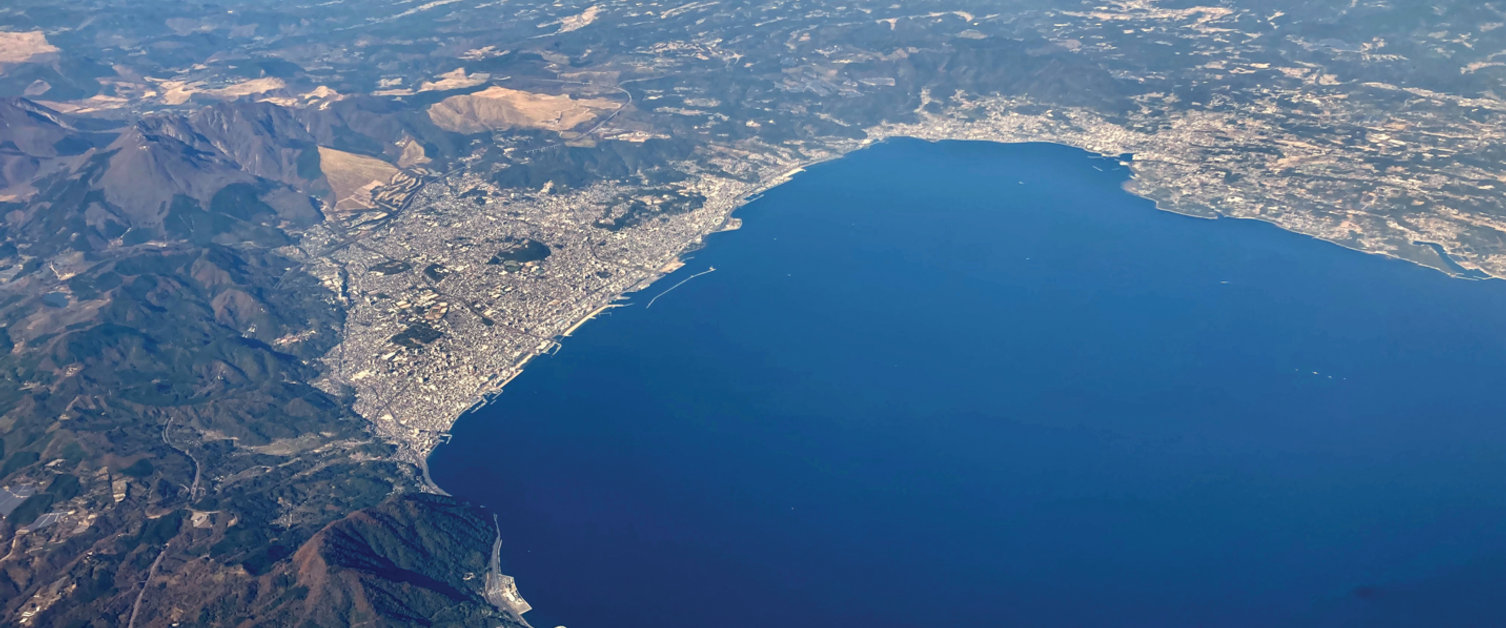The Beginning of an Era
- By AMS Staff
- Nov 6, 2022
1954 — The year that the new Anthropocene era started, defined by industrialization and changes in energy usage and the global population and economy, according to a recent study that analyzed radioactive materials taken from the Pacific Ocean. Researchers collected and studied samples of plutonium found in ocean sediments in Beppu Bay off the coast of Japan and in coral skeletons from Ishigaki Island, located between Japan and Taiwan. The plutonium was left over from nuclear bomb testing conducted in the 1950s. “Our task was to find clear indications of fallout from the 1950s up to 1963 when testing largely stopped…," says lead author Yusuke Yokoyama of the University of Tokyo. "Comparing sediments to corals allows us to more accurately date the signatures we see in the sediments.” Using various chemical analyses, the researchers discovered clear evidence of fallout in the coral skeletons that they dated to 1954, and they corroborated that year with the discovery of other markers in the coral that were also found in the sediment. Many scientists believe recent environmental changes indicate that Earth has moved out of the Holocene era, which began 11,700 years ago, but until the new study, no one had identified when the Anthropocene era began, and ratification of the Anthropocene as an official geological epoch is still pending. The new research, which was published in Scientific Reports, not only pinpoints a date, but according to Yokoyama “could also be used to improve ocean and climate models, or even help explore past tsunamis and other geological hazards.” [Source: University of Tokyo]
PHOTO CAPTION: Japan’s Beppu Bay, where sediment samples were collected. [Photo Credit: Yokoyama (2022) et al.]
